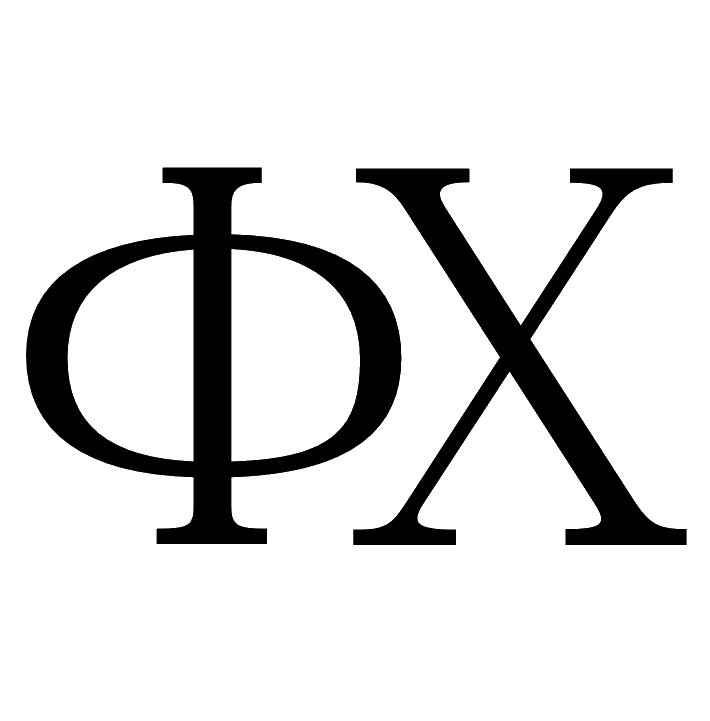Preparation of biocomposites based on nanoscale hydroxyapatite with zirconium and silicon oxides
E.A. Bogdanova, V.M. Skachkov, I.M. Giniyatullin, D.I. Pereverzev, K.V. Nefedova
Institute of Solid State Chemistry of the Ural Branch of RAS
DOI: 10.26456/pcascnn/2021.13.655
Original article
Abstract: The article discusses the possibility of obtaining a hardened composite material with a porous structure based on nanostructured hydroxyapatite (HAP) synthesized by precipitation from a solution. The new material was obtained by the mechanochemical synthesis of HAP with reinforcing additives of zirconium dioxide and silicic acid. The synthesized samples are certified using modern physico- chemical methods of analysis. The influence of the qualitative and quantitative composition of the composite on the sintering processes, porosity, strength characteristics, the degree of dispersion and morphology of the studied samples is shown. It has been experimentally established that the sample has the maximum strength characteristics and a constant composition of Ca10(PO4)6(OH)2–15%SiO2·nH2O–5%ZrO2. The composite material has a dense uniform structure with a high degree of crystallinity, with a developed porosity, is a promising material for further research in order to introduce it into medical practice. A patent application has been filed for the developed composite material.
Keywords: hydroxyapatite, zirconium oxide, silicon oxide, composite biomaterials, crystallinity, microhardness
- Ekaterina A. Bogdanova – Ph. D., Senior Researcher, Laboratories of heterogeneous processes chemistry, Institute of Solid State Chemistry of the Ural Branch of RAS
- Vladimir M. Skachkov – Ph. D., Senior Researcher, Laboratories of heterogeneous processes chemistry, Institute of Solid State Chemistry of the Ural Branch of RAS
- Igor M. Giniyatullin – Engineer, Laboratory of rare earth element compounds chemistry, Institute of Solid State Chemistry of the Ural Branch of RAS
- Danil I. Pereverzev – Engineer, Laboratory of rare earth element compounds chemistry, Institute of Solid State Chemistry of the Ural Branch of RAS
- Ksenia V. Nefedova – Researcher, Laboratory of promising and functional materials for CCS, Institute of Solid State Chemistry of the Ural Branch of RAS
Reference:
Bogdanova, E.A. Preparation of biocomposites based on nanoscale hydroxyapatite with zirconium and silicon oxides / E.A. Bogdanova, V.M. Skachkov, I.M. Giniyatullin, D.I. Pereverzev, K.V. Nefedova // Physical and chemical aspects of the study of clusters, nanostructures and nanomaterials. — 2021. — I. 13. — P. 655-663. DOI: 10.26456/pcascnn/2021.13.655. (In Russian).
Full article (in Russian): download PDF file
References:
1. Barinov S.M., Komlev V.S. Biokeramika na osnove fosfatov kal'tsiya [Calcium phosphate bioceramics]. Moscow, Nauka Publ., 2006, 204 p. (In Russian).
2. Díaz-Pérez M., Grima L., Moshtaghioun B.M., Peña J.I. CaO–MgO–SiO2–P2O5– based multiphase bio-ceramics fabricated by directional solidification: Microstructure features and in vitro bioactivity studies, Ceramics International, 2021, vol. 47, issue 12, pp. 17041-1704815. DOI: 10.1016/j.ceramint.2021.03.011.
3. Kim H-W., Noh Y-J., Koh Y-H., Kim H-E., Kim H-M. Effect of CaF2 on densification and properties of hydroxyapatite–zirconia composites for biomedical applications, Biomaterials, 2002, vol. 23, issue 20, pp. 4113-4121. DOI: 10.1016/s0142-9612(02)00150-3.
4. Guidara A., Chaari K., Fakhfakh S., Bouaziz J. The effects of MgO, ZrO2 and TiO2 as additives on microstructure and mechanical properties of Al2O3 – FAP composite, Materials Chemistry and Physics, 2017, vol. 202, pp. 358-368. DOI: 10.1016/j.matchemphys.2017.09.039.
5. Htun Z.L., Ahmad N., Thant A.A., Noor A.-F.M. Characterization of CaO–ZrO2 reinforced hap biocomposite for strength and toughness improvement, Procedia Chemistry, 2016, vol. 19, pp. 510-516. DOI: 10.1016/j.proche.2016.03.046.
6. Mobasherpour I., Hashjin M. Solati, Toosi S.S. Razavi, Kamachali R. Darvishi Effect of the addition ZrO2–Al2O3 on nanocrystalline hydroxyapatite bending strength and fracture toughness, Ceramics International, 2009, vol. 35, issue 4, pp. 1569-1574. DOI: 10.1016/j.ceramint.2008.08.017.
7. Sabirzyanov N.A., Bogdanova E.A., Khonina T.G. Sposob polucheniya suspenzii gidroksiapatita [A method of obtaining a suspension of hydroxyapatite]. Patent RF, no. 2406693, 2010. (In Russian).
8. Bogdanova E.A., Skachkov V.М., Medyankina I.S. et al. Formation of nanodimensional structures in precipitated hydroxyapatite by fluorine substitution, SN Applied Sciences, 2020, vol. 2, issue 9, art. no. 1565, 7 p. DOI: 10.1007/s42452-020-03388-5.
9. Bogdanova E.A., Giniyatullin I.М., Pereverzev D.I., Razgulyaeva V.М. Vliyanie armiruyushchikh dobavok na protsessy spekaniya i uprochneniya nanorazmernogo gidroksiapatita [Influence of reinforcement additives on sintering and hardening processes of nanoscale hydroxyapatite], Fiziko-khimicheskie aspekty izucheniya klasterov, nanostruktur i nanomaterialov [Physical and chemical aspects of the study of clusters, nanostructures and nanomaterials], 2019, issue 11, pp. 548-554. DOI: 10.26456/pcascnn/2019.11.548. (In Russian).
